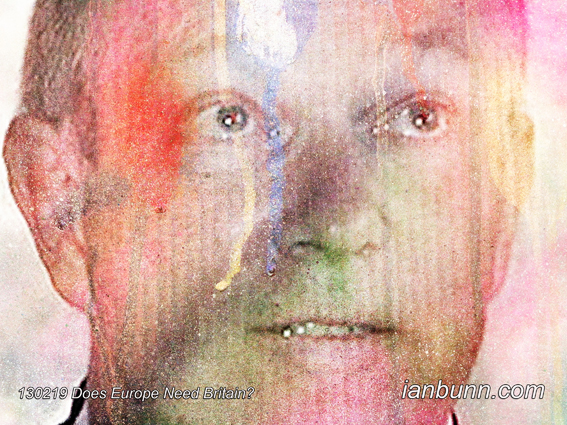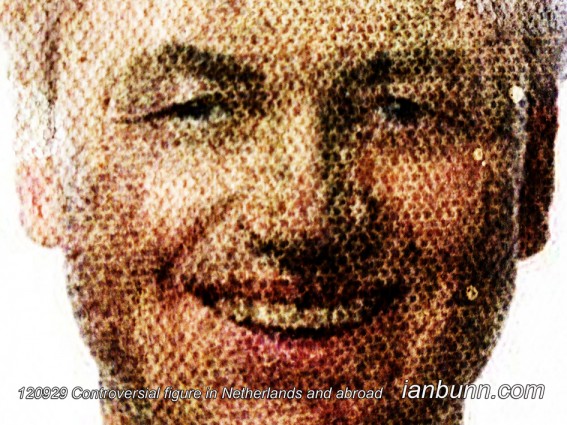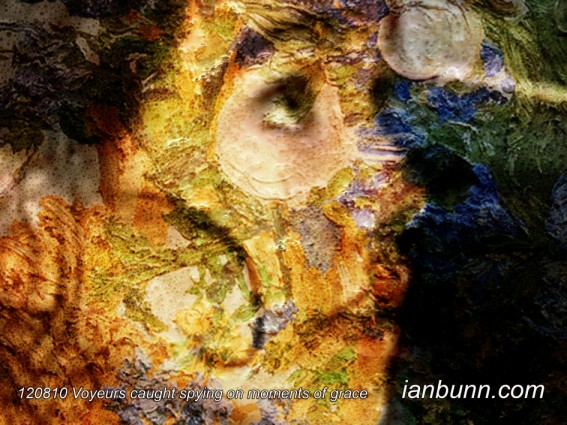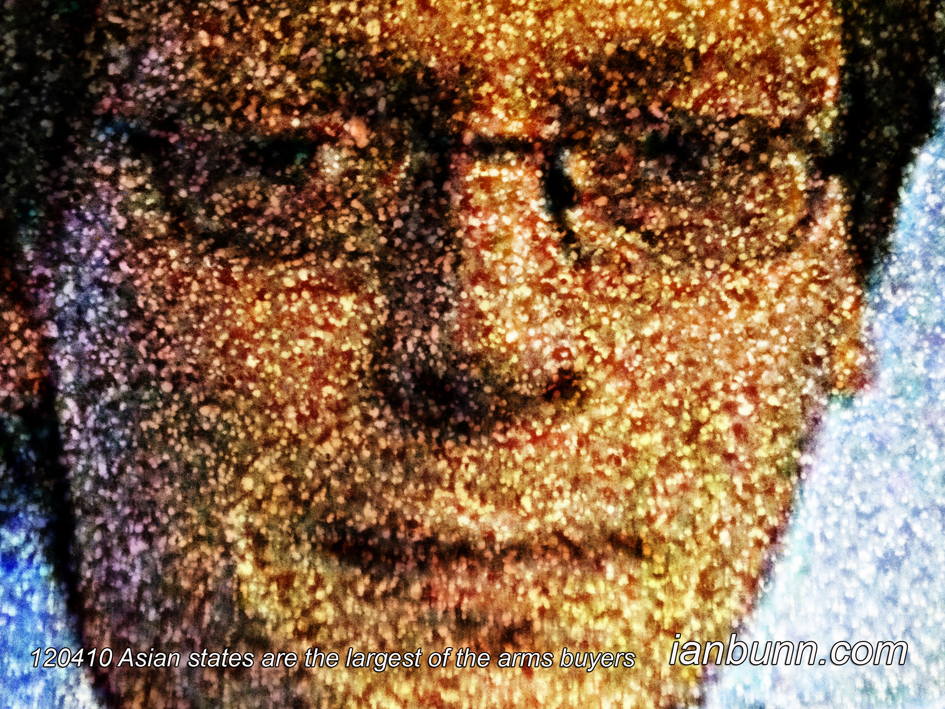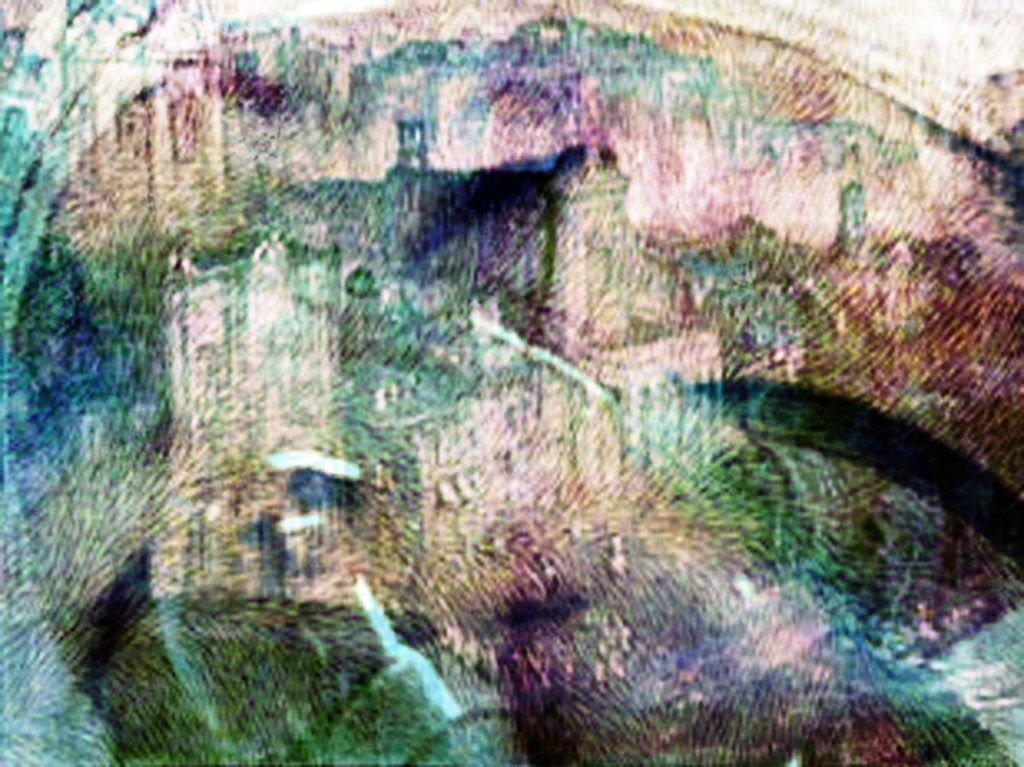![Dave de Leeuw the 31 year old Dutch artist painter and video installations has been interviewed by Homa Nasab for an article published in Blouin Artinfo titled ‘Q&A with Dutch Artist Dave de Leeuw’. During the interview Leeuw states “Birth, life and death are always quite astonishing experiences, but I like to step out of my perishable self and see a slightly bigger picture. When I see both the sun and the moon in the sky I have this natural urge to figure out the true proportion of this phenomenal triangle of celestial bodies. When I manage to do this and I feel the burning heat of the sun on my face I can experience a fraction of the sheer power and greatness of the universe. And then, I can put my existence in a more realistic perspective again for another day or so. Sometimes I wonder if this is real, because if it is not, then it could be art! …[When asked who was the most influential person in his life, Leeuw stated] Andre Franquin (1924-1997), a Belgian comic artist most famous for his Gaston and Spirou series. As a kid I used to read his comics every night before I went sleep. I remember his drawings as the first works of art that fascinated me. I stopped reading the story to watch the amazing lines he used to make his fantasy world come alive. I didn’t undestand properly how this was possible but I knew this was something I wanted to do too. …The best thing about the art world is the stage you get to show your art, to share the thoughts and feelings you put in your work with others and let them experience this in their own way. …The responsibility of artists is to produce an artificial experience of their ideas and/or feelings. Not only for entertainment, but most important to provoke the mind.” Inspired by Homa Nasab, Blouin Artinfo ow.ly/lMFAE Image source davedeleeuw ow.ly/lMFmS](http://www.ianbunn.com/wp-content/uploads/2013/06/130629dcU60.jpg) Most important to provoke the mind (June 29 2013)
Most important to provoke the mind (June 29 2013)
Dave de Leeuw the 31 year old Dutch artist painter and video installations has been interviewed by Homa Nasab for an article published in Blouin Artinfo titled ‘Q&A with Dutch Artist Dave de Leeuw’. During the interview Leeuw states “Birth, life and death are always quite astonishing experiences, but I like to step out of my perishable self and see a slightly bigger picture. When I see both the sun and the moon in the sky I have this natural urge to figure out the true proportion of this phenomenal triangle of celestial bodies. When I manage to do this and I feel the burning heat of the sun on my face I can experience a fraction of the sheer power and greatness of the universe. And then, I can put my existence in a more realistic perspective again for another day or so. Sometimes I wonder if this is real, because if it is not, then it could be art! …[When asked who was the most influential person in his life, Leeuw stated] Andre Franquin (1924-1997), a Belgian comic artist most famous for his Gaston and Spirou series. As a kid I used to read his comics every night before I went sleep. I remember his drawings as the first works of art that fascinated me. I stopped reading the story to watch the amazing lines he used to make his fantasy world come alive. I didn’t undestand properly how this was possible but I knew this was something I wanted to do too. …The best thing about the art world is the stage you get to show your art, to share the thoughts and feelings you put in your work with others and let them experience this in their own way. …The responsibility of artists is to produce an artificial experience of their ideas and/or feelings. Not only for entertainment, but most important to provoke the mind.”
Inspired by Homa Nasab, Blouin Artinfo ow.ly/lMFAE Image source davedeleeuw ow.ly/lMFmS
